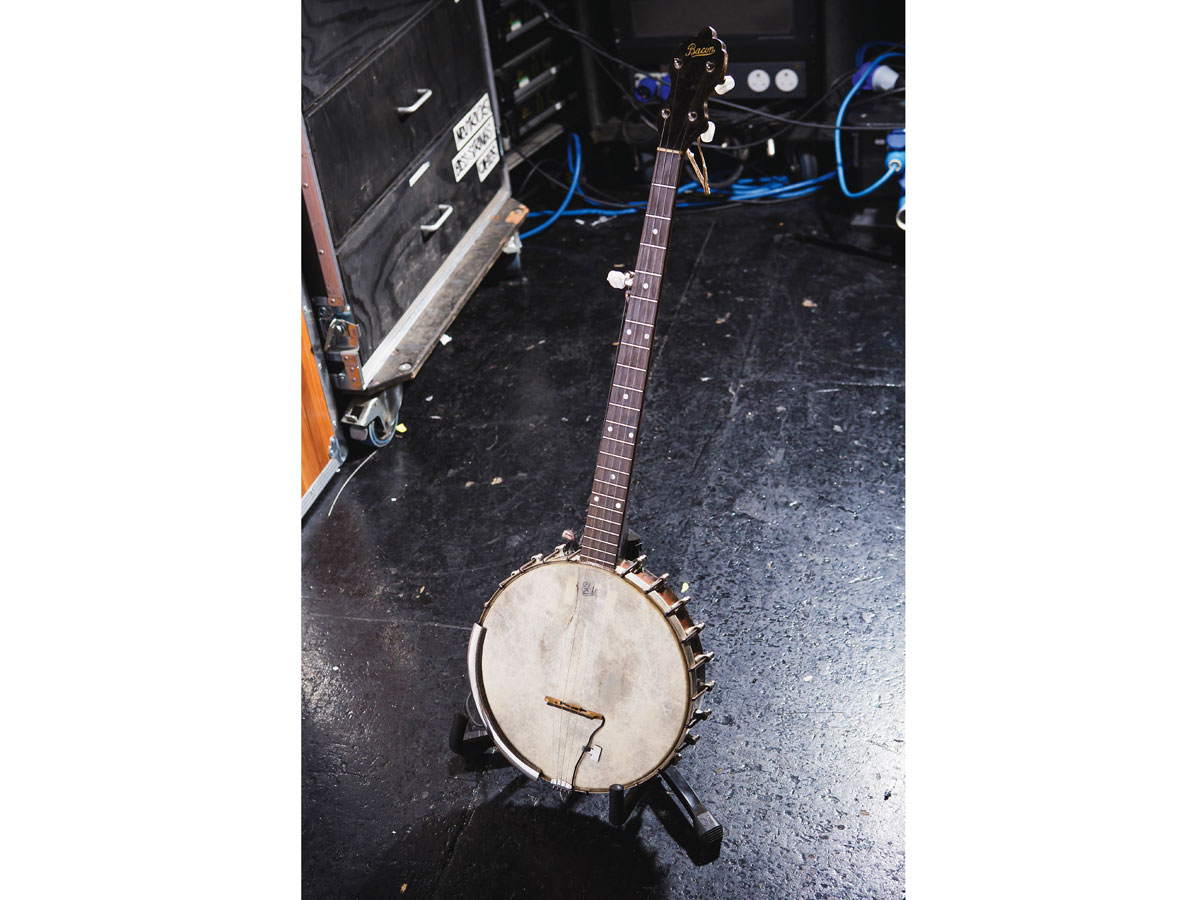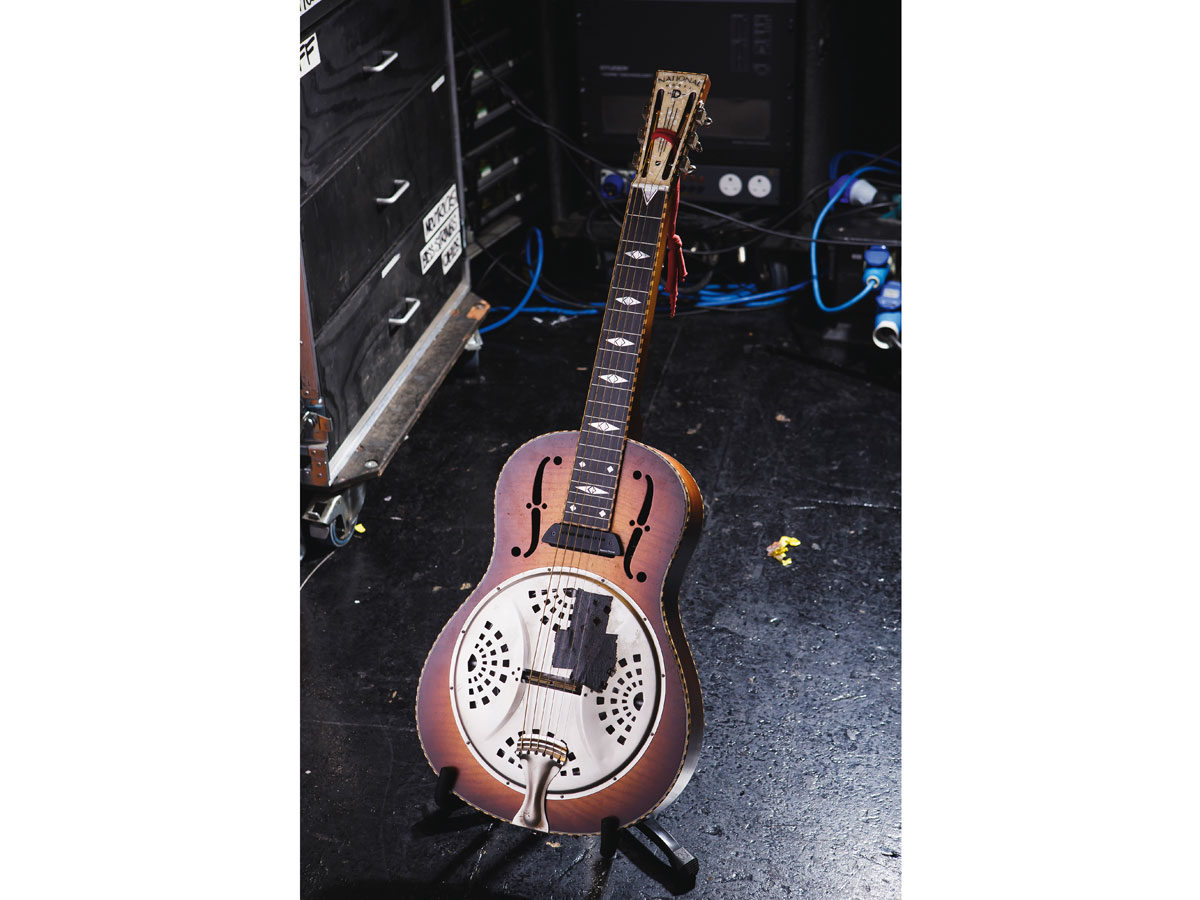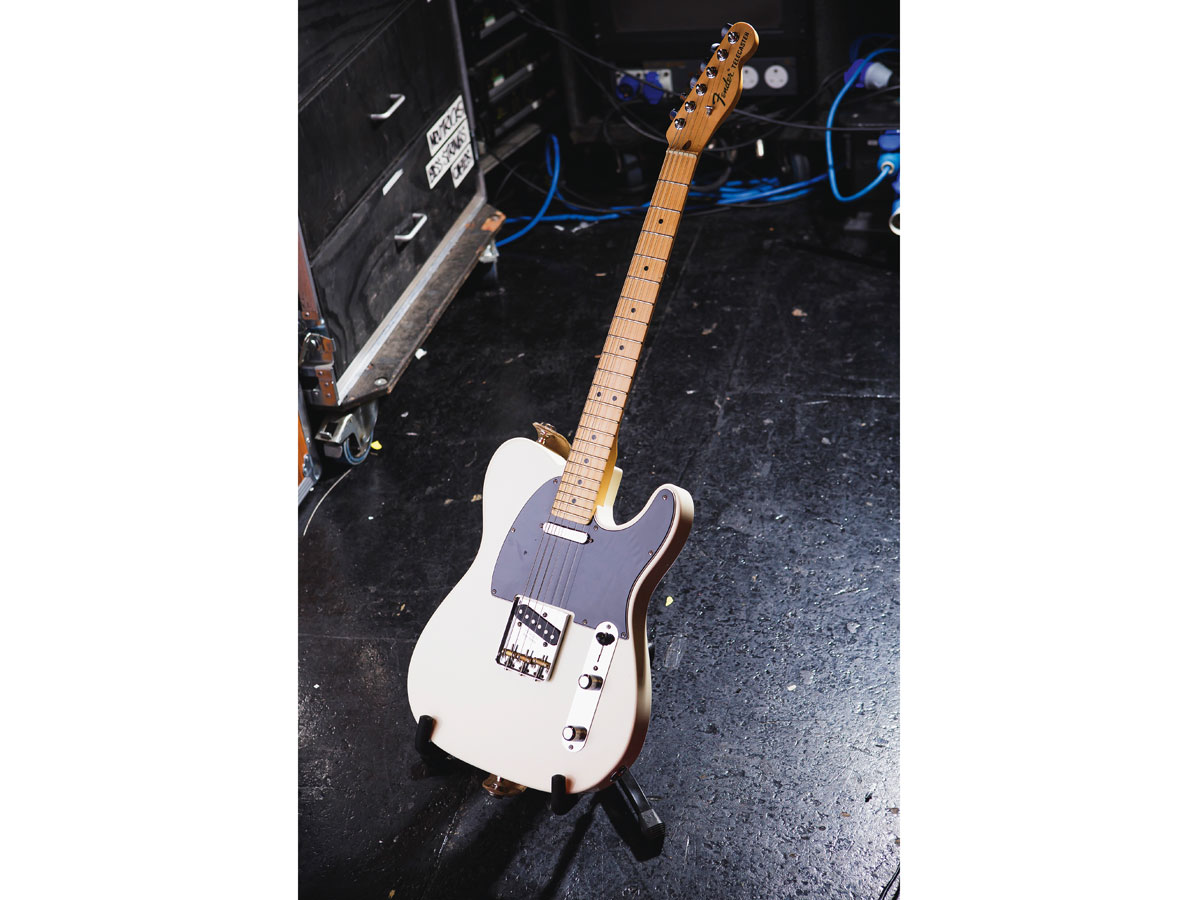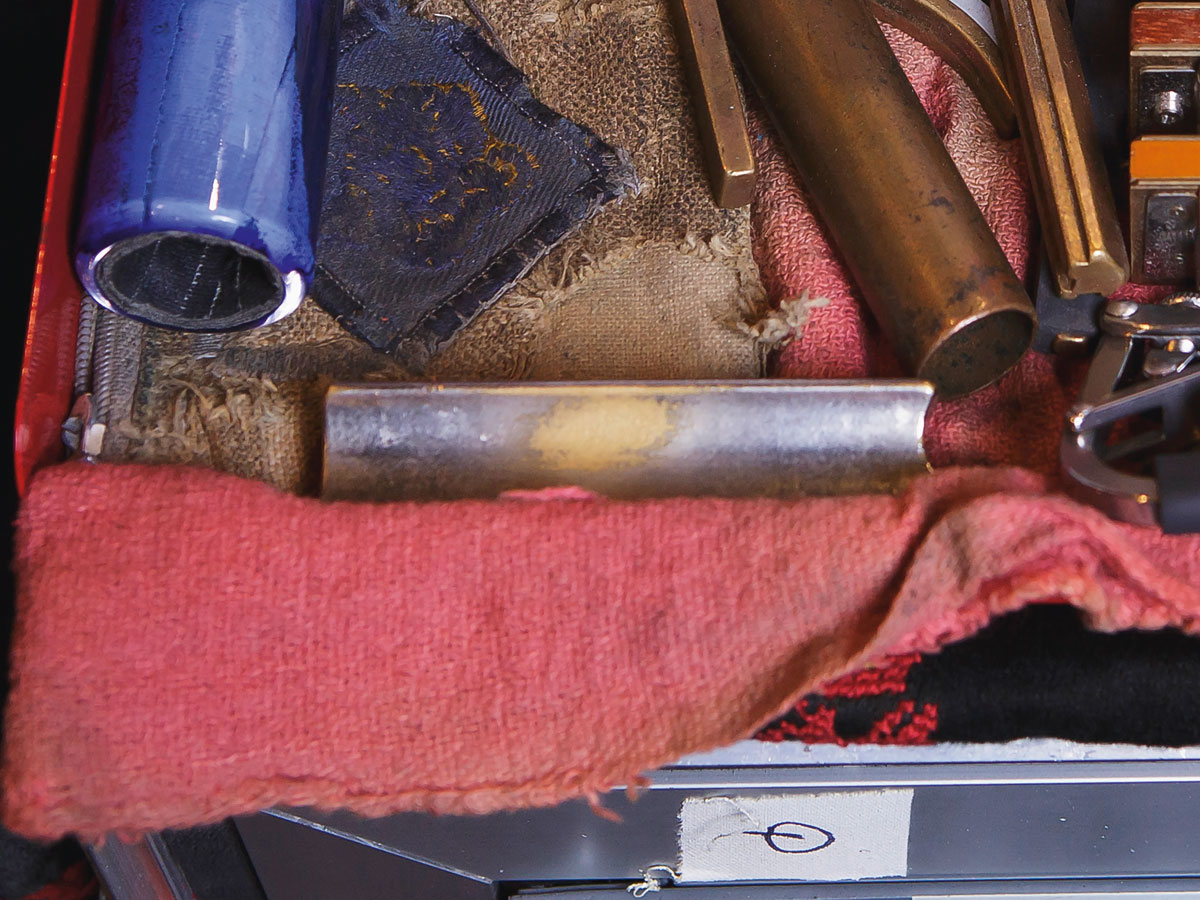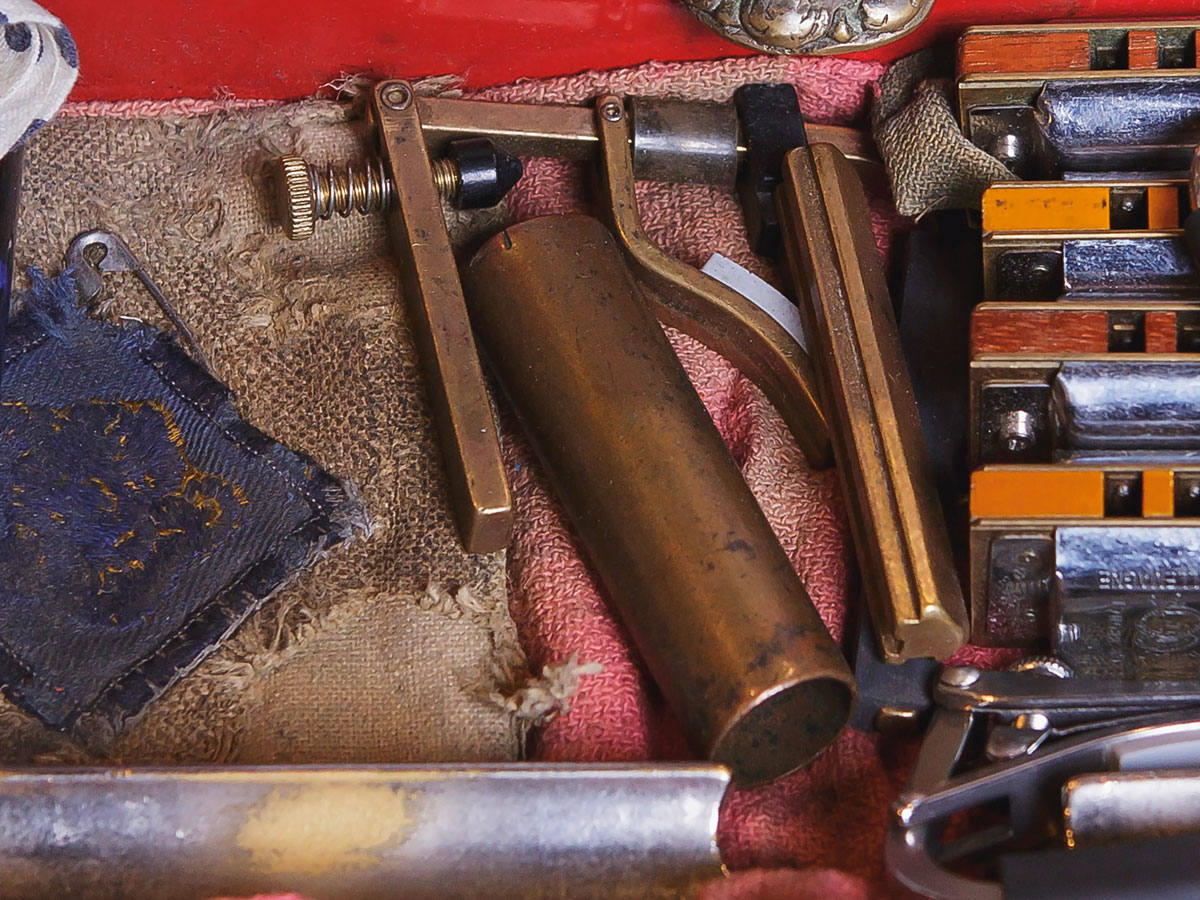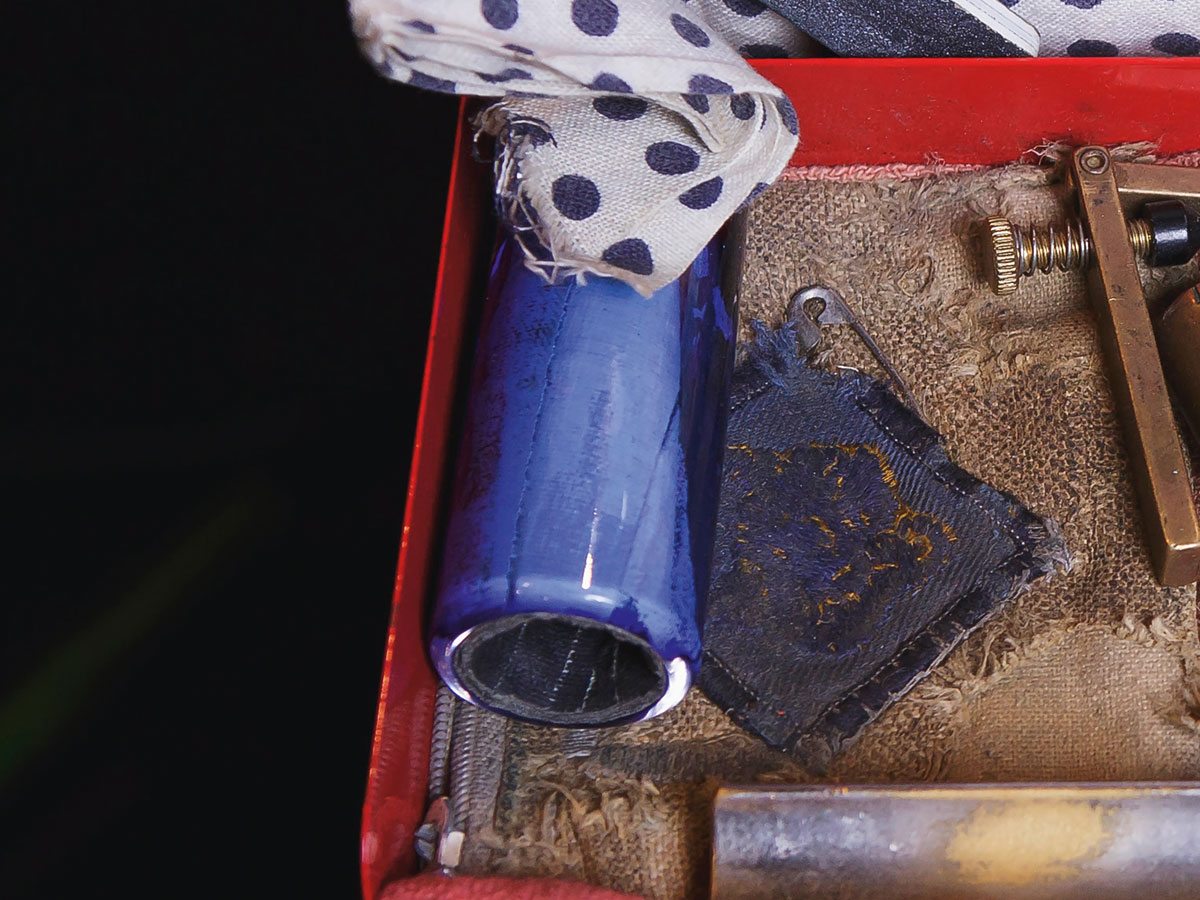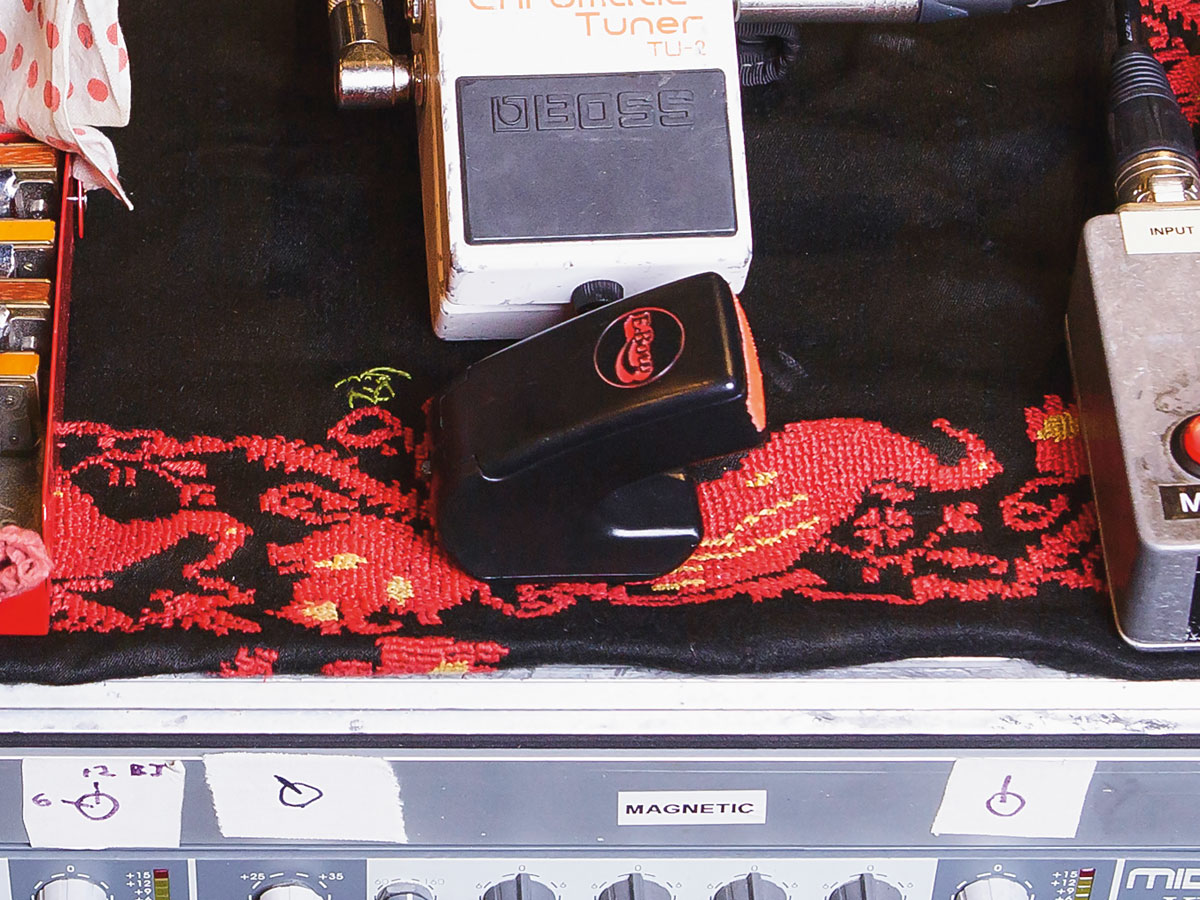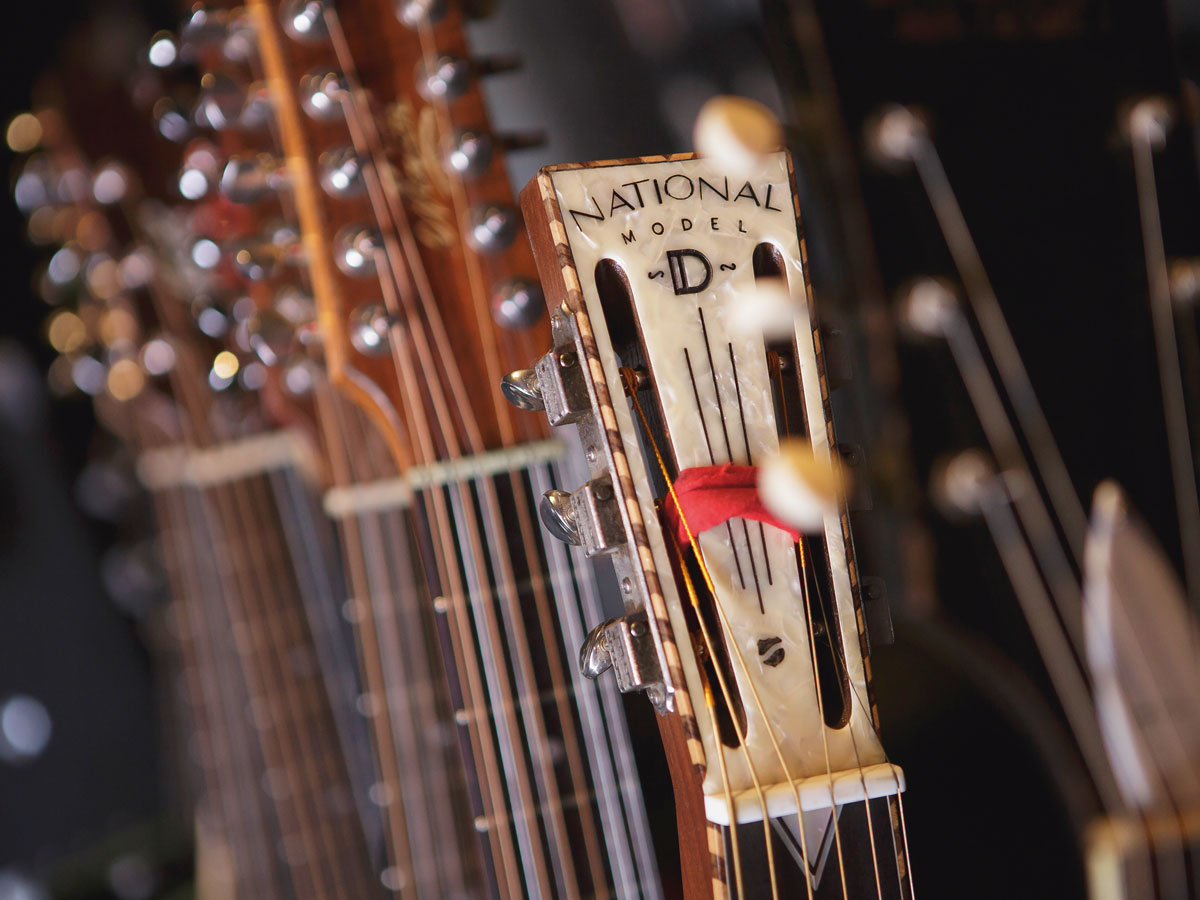Rig Tour: John Butler
The Aussie folkie's electric/acoustic cocktail
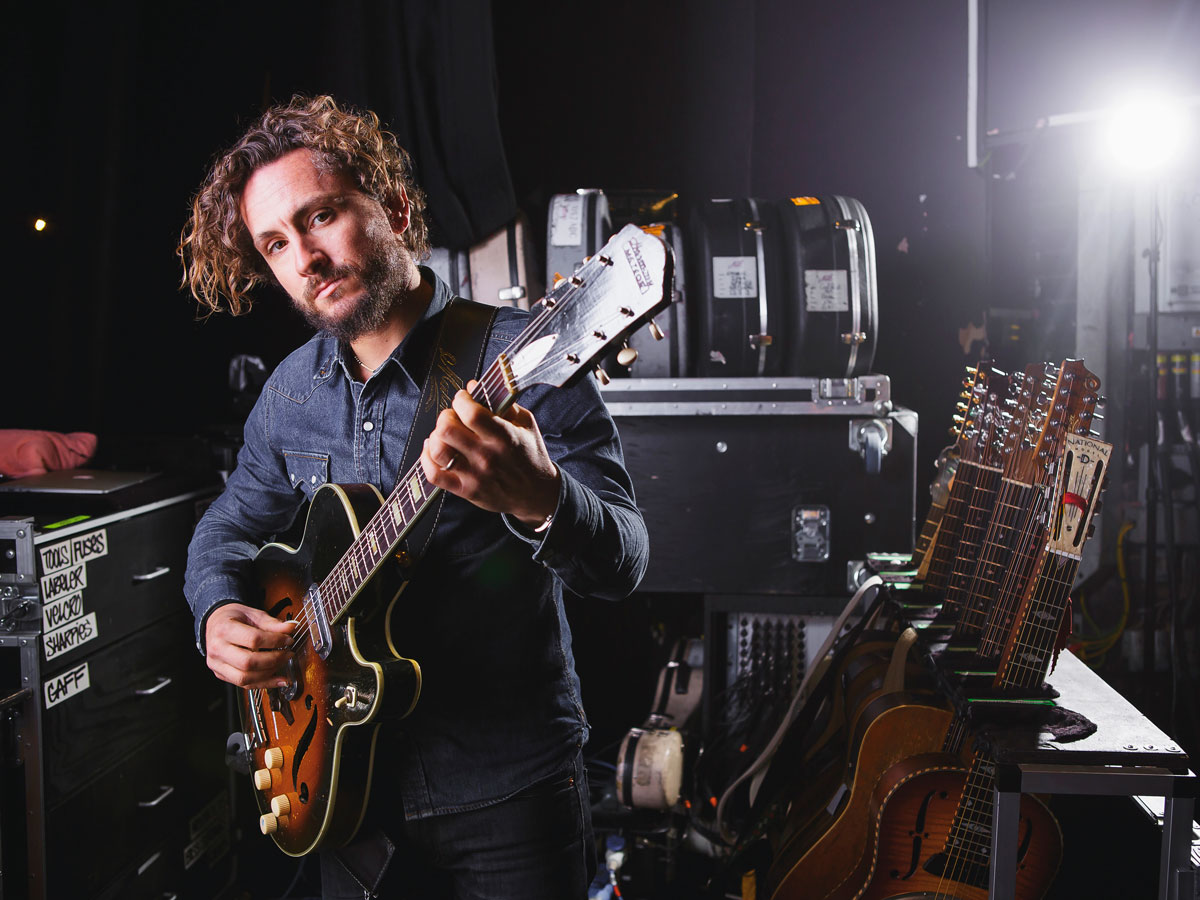
Introduction
John Butler’s independent spirit burns bright in the music he writes, and also in the rig he needs to deliver it live.
With a rich sound melding folk, rock, bluegrass and reggae into a rootsy brew, the US-born/Australian-based songwriter’s approach to acoustic and electric tones in his trio, with bassist Byron Luiters and drummer Grant Gerathy, gives him an impressive palette to draw from.
“It’s a setup that makes your acoustic sound extremely dynamic, and we can go to all territories,” explains John, as we meet him onstage at the Bristol Academy in the midst of his European tour in support of sixth studio album, Flesh & Blood.
“It’s fun! As a schizophrenic musician, and somebody who wants to play folk and Sabbath all at once, this is the perfect kind of setup for me.”
Let’s find out how John’s acoustic and electric worlds coexist onstage...
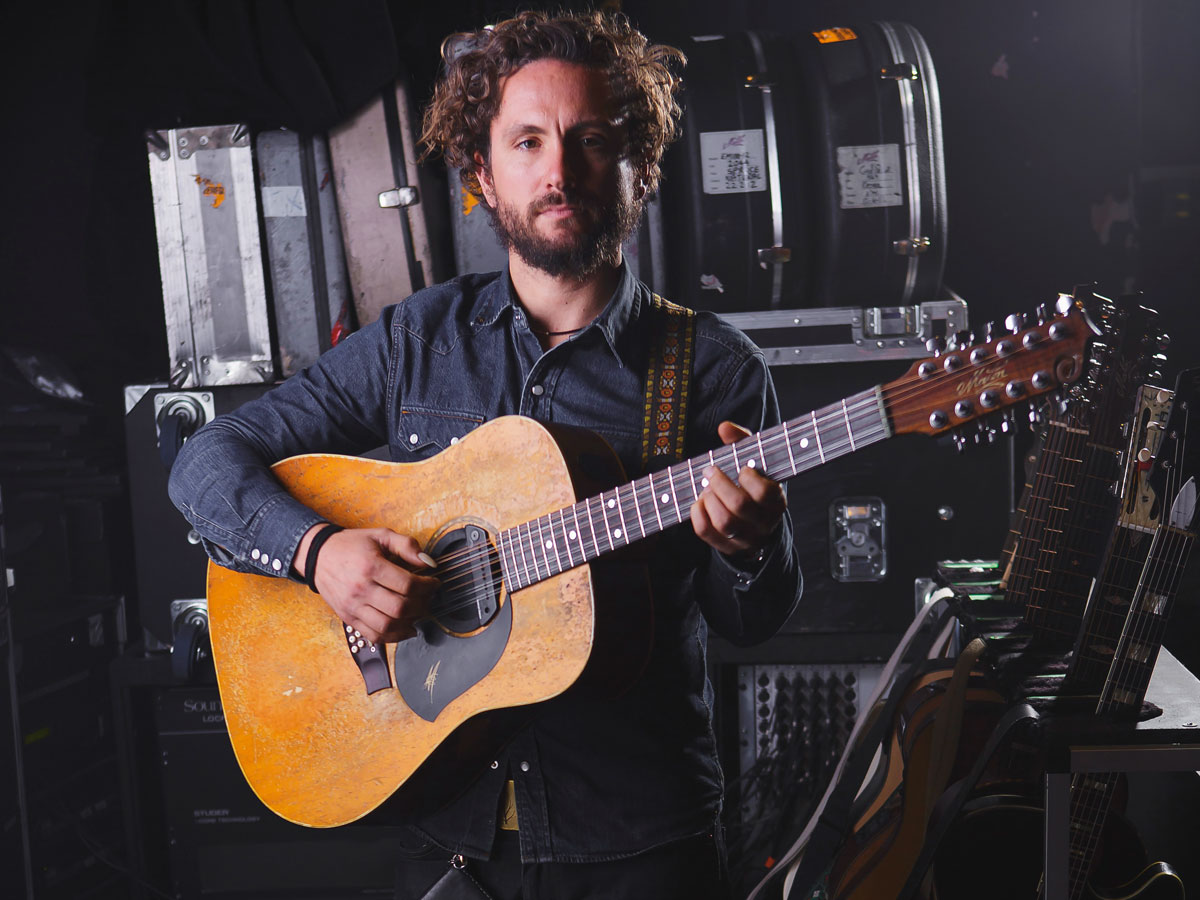
Maton 'Oldie' 11-string
“This is the corner stone of what I do, and the guitar I used to busk with on the streets of Fremantle 15 years ago. It’s still my go-to guitar; I’ve tried to retire it four times, and she still comes back.
"She’s an amazing guitar, and shows the years. She’s made up of more glue than wood now, but she’s amazing. It’s actually an 11-string, I always take the high G off my 12-strings because it sucks, and it always breaks - it’s higher than your high E, it’s terrible. I have three of those I run through in different tunings; open C, open D, some other G tunings and another one in a B tuning.
“All my acoustics have a magnetic Seymour Duncan mag mic with the mic turned down, then a Maton AP5 bridge piezo. I don’t use the microphone part of the mag mic, because if I sent it to the Marshall, it would be hell - it wouldn’t work. I get all my microphonic and woodier sounds from my bridge pickup.”
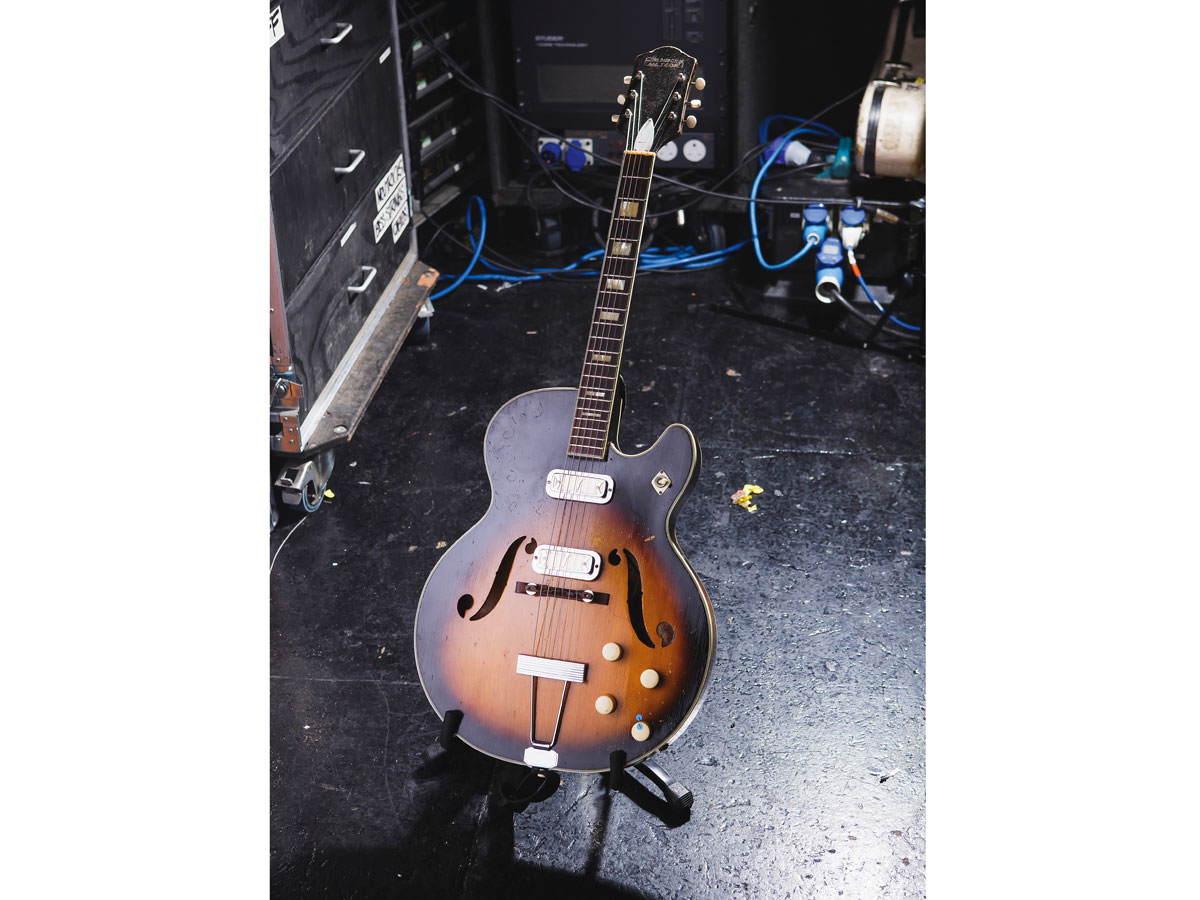
Harmony Meteor
“What’s really special about these kind of guitars - whether they be Harmony, Silvertone or Kay - is they run this DeArmond Gold Foil pickup.
“It’s extremely hot and rude. It’s prone to feedback, but there’s something very special about them; they’re very trashy and fat. They’ll give you anything from country to a Black Sabbath kind of sound.”
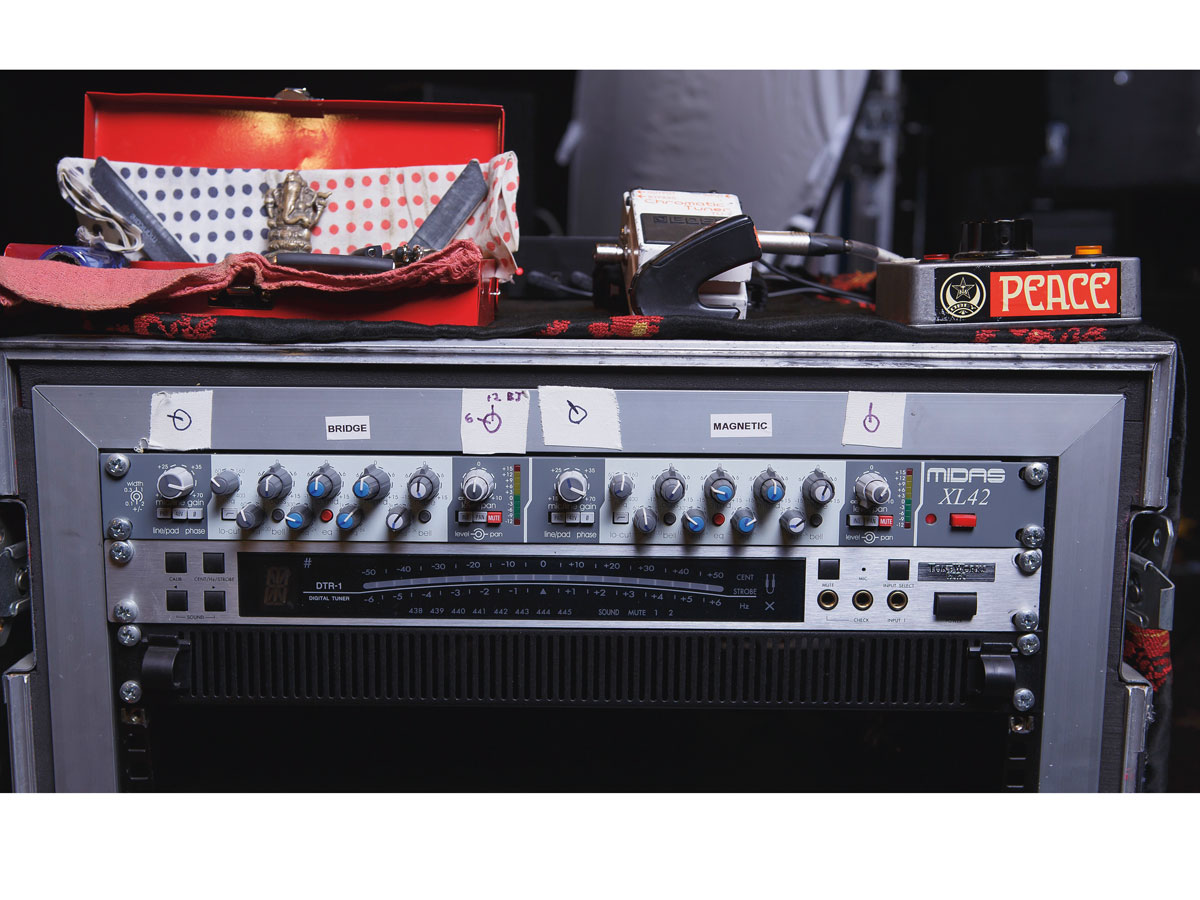
Midas XL42 Preamp
“A lot of this idea was based on a great guitarist in Australia called Jeff Lang. He was using his Sunrise magnetic through this kind of setup to an amp. When I was supporting him one day, I said, ‘Oh Jeff, can I please do what you do because it’s so fucking cool.’ And he looked at me as though I was a dickhead and said, ‘Of course you can.’
“I have an acoustic world and electric world running simultaneously. First and foremost, I run through a Radial DI system, and then it goes into this Midas two-channel preamp. On the left side is my bridge sound and on the right side is my magnetic sound. And I’m basically using it as a blender.
"It’s like a new-school Fishman Blender, with parametric equalisation and phasing on each side. I run them almost on 50/50 - my magnetic is just a little bit louder. My bridge signal goes straight in with no effects. My magnetic pickup [the humbucker part of the Seymour Duncan Mag Mic, with the mic part off to avoid feedback] goes out of my guitar and into my Whammy, tremolo, boost, phaser, delay, wah and Head Rush [looper], and then into the Midas.
“So that allows all the effects to be on my acoustic. Also, at the back of the Midas, I take a send from the magnetic pickup signal and I send that to a [Maxon overdrive], volume pedal and a Marshall amp.”
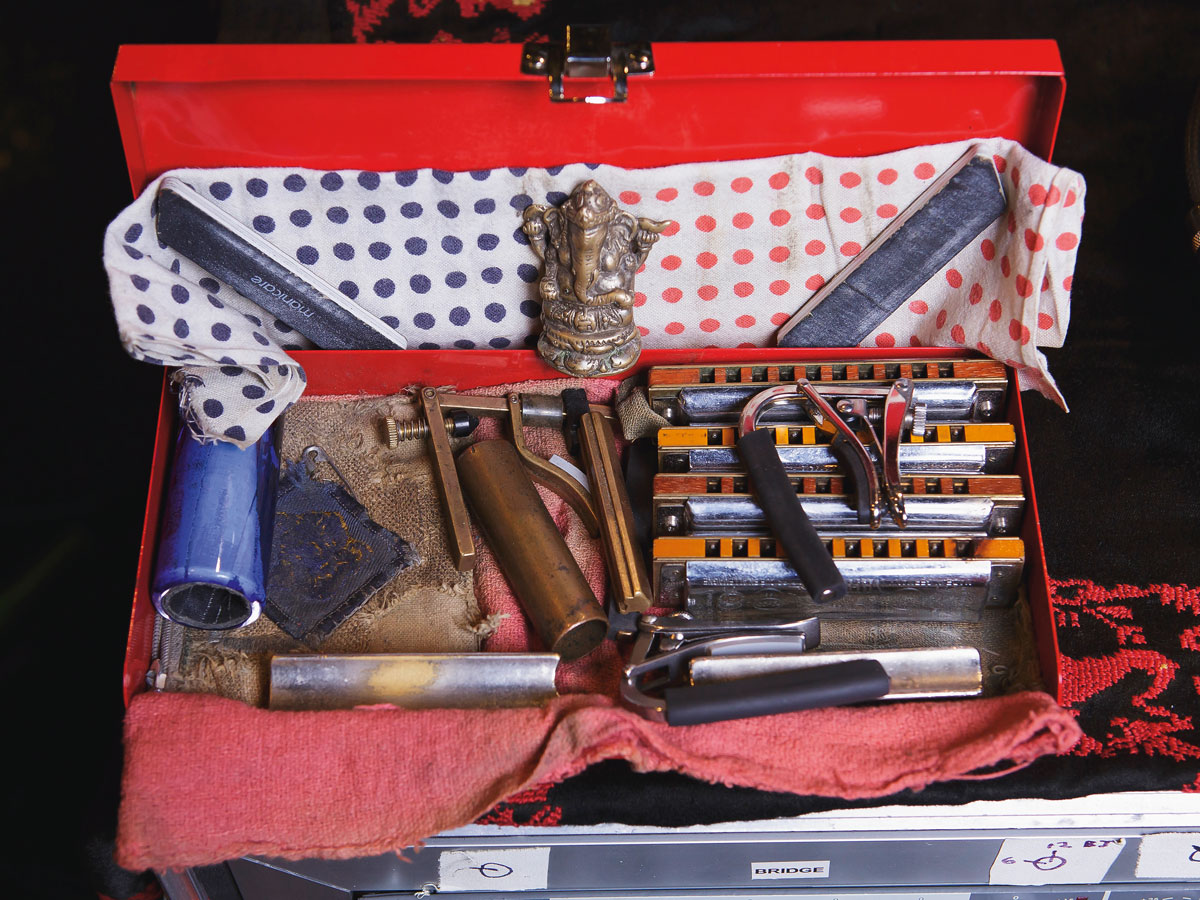
Tone tools
“There’s a lot of thought that goes into amp tone and gear, but it’s a funny thing. I was talking to a great guitarist from Australia called Josh Cunningham from The Waifs, and he has such a great guitar tone but, as he said, a lot of it is in your fingers.
“And I remembered a story about a lot of people going up to Jaco Pastorius, the great bass player, and asking him, ‘How do you get this tone?’ and he’d tell a lot of the guys to stick their head against the wood of the bass and they’d hear it right in the fingers.
“A lot of times, all the gear just helps get out the tone that’s already inherent in the hands and in the wood itself. But there are other things I use, too...”
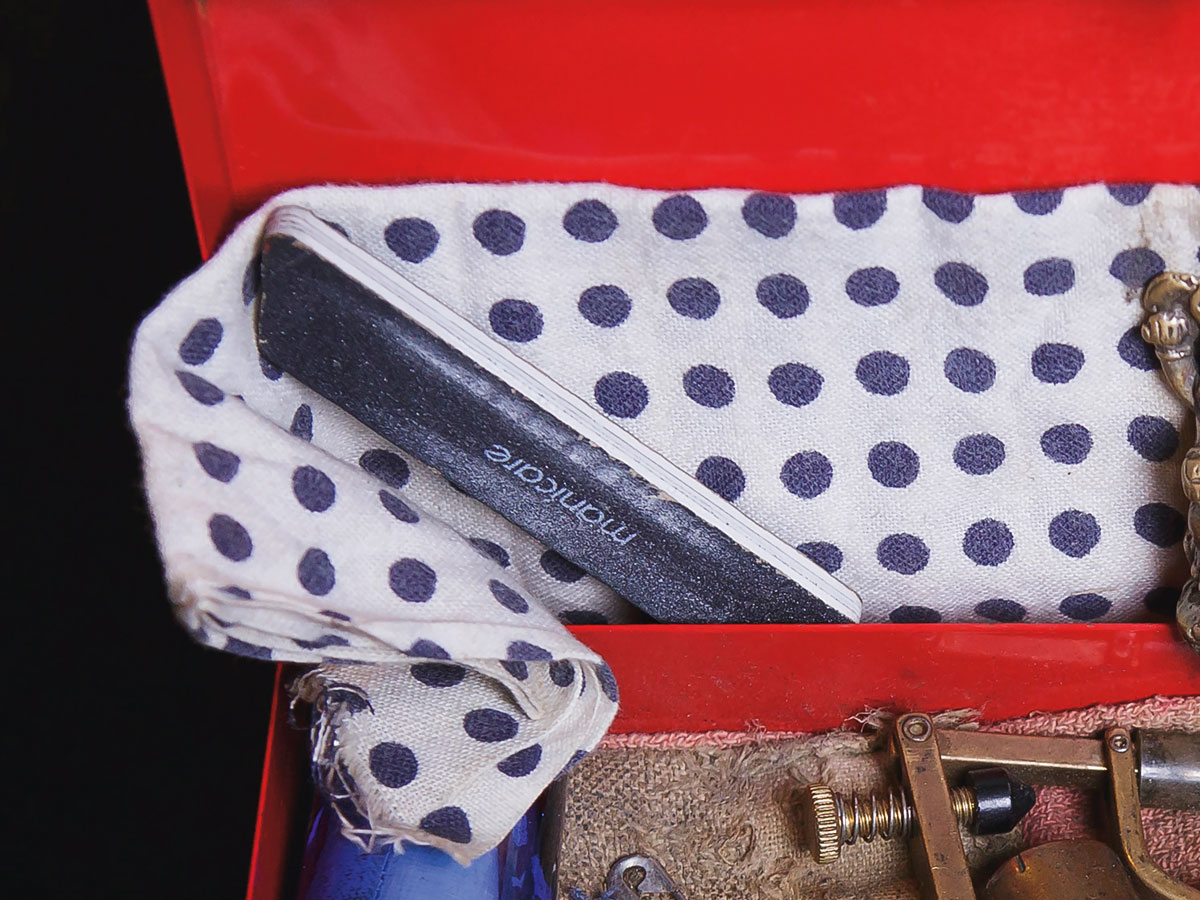
Nail files
“I’ve been using fake nails for about 15 years. I make them really thick - at their thickest, they’re probably about 3mm thick.
"Because they’re that thick, they have a certain amount of warmth to them, as opposed to say a thick plastic or even a metal banjo fingerpick. They’re quite trebly. But these can be quite warm, and also highly aggressive for picking as well. You can use it as a flat pick, too.”
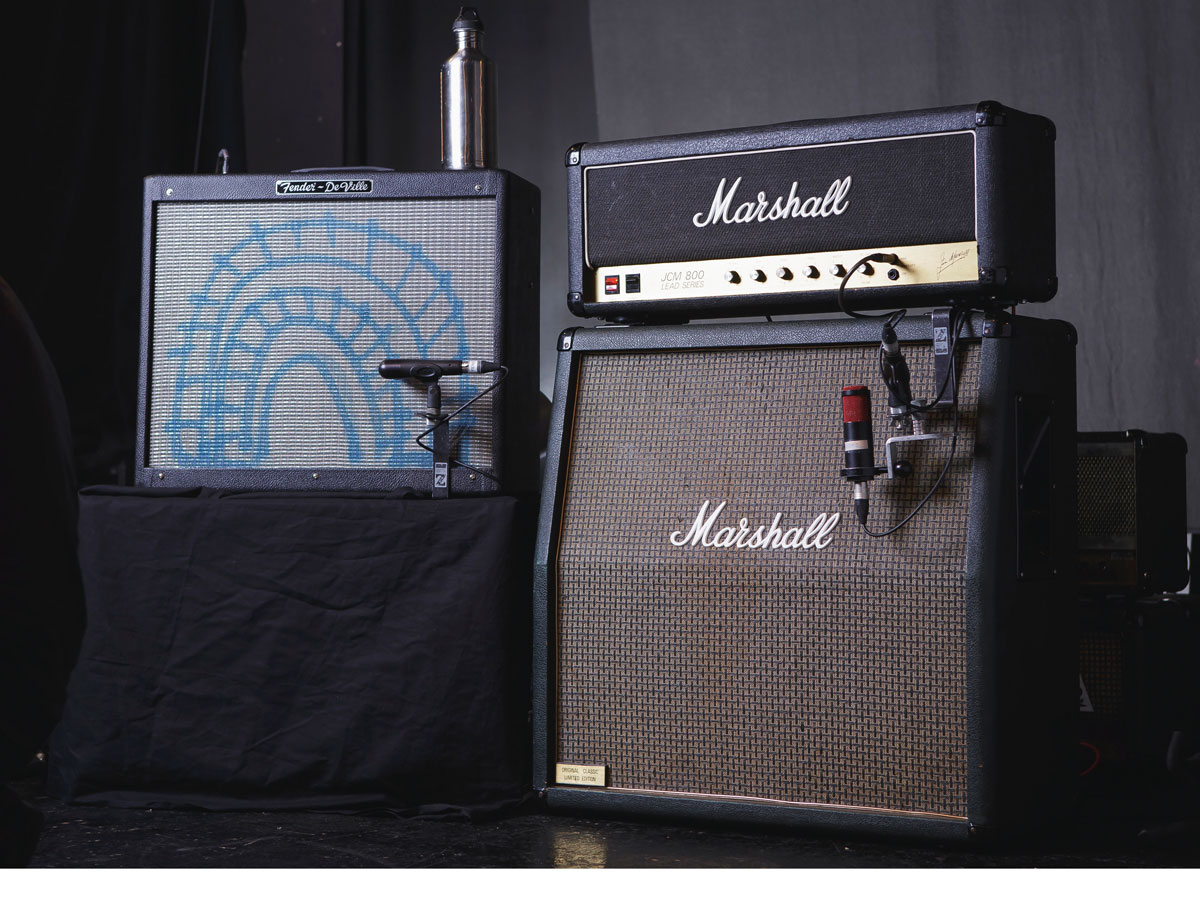
Marshall JCM800
“I’ve been using Marshalls over the last 12 years. I’ve tried lots of different Fenders and Voxes to get my acoustic dirty sound, but they just never had the grunt, or they pushed frequencies in different places. Voxes were always really muddy and middy, while Fenders had a great bark, but never a solid bottom. Marshalls have a thermonuclear quality to them - they just have power and headroom.
“Over the years, I’ve chased my tail trying to get the right 100-watt amp, and in the last few months, I’ve pretty much realised I need a Marshall JMP 100-watt [not pictured] running a 200-watt cab. That allows me a serious amount of headroom, but I want to get that crunch coming in at lower volumes over the acoustic. With the 100watts, it gives me the head room to get the frequencies to the right place when I need them. When you go through the right amp, in the right situation, it’s a magical thing.
“At the moment, I’m getting my JMP sent over from Australia because my JCM800s are not doing what I need them to do. They’re great, but for the schizophrenic kind of dual world, it doesn’t quite work. So I’m tandem-ing at the moment; I’ve got a 100-watt bass Marshall head behind it that’s giving me the power to my JCM800. But normally, it would be a JMP 100-watt Super Lead - hopefully from somewhere around the late 60s to early 70s - and then a Fender DeVille.”
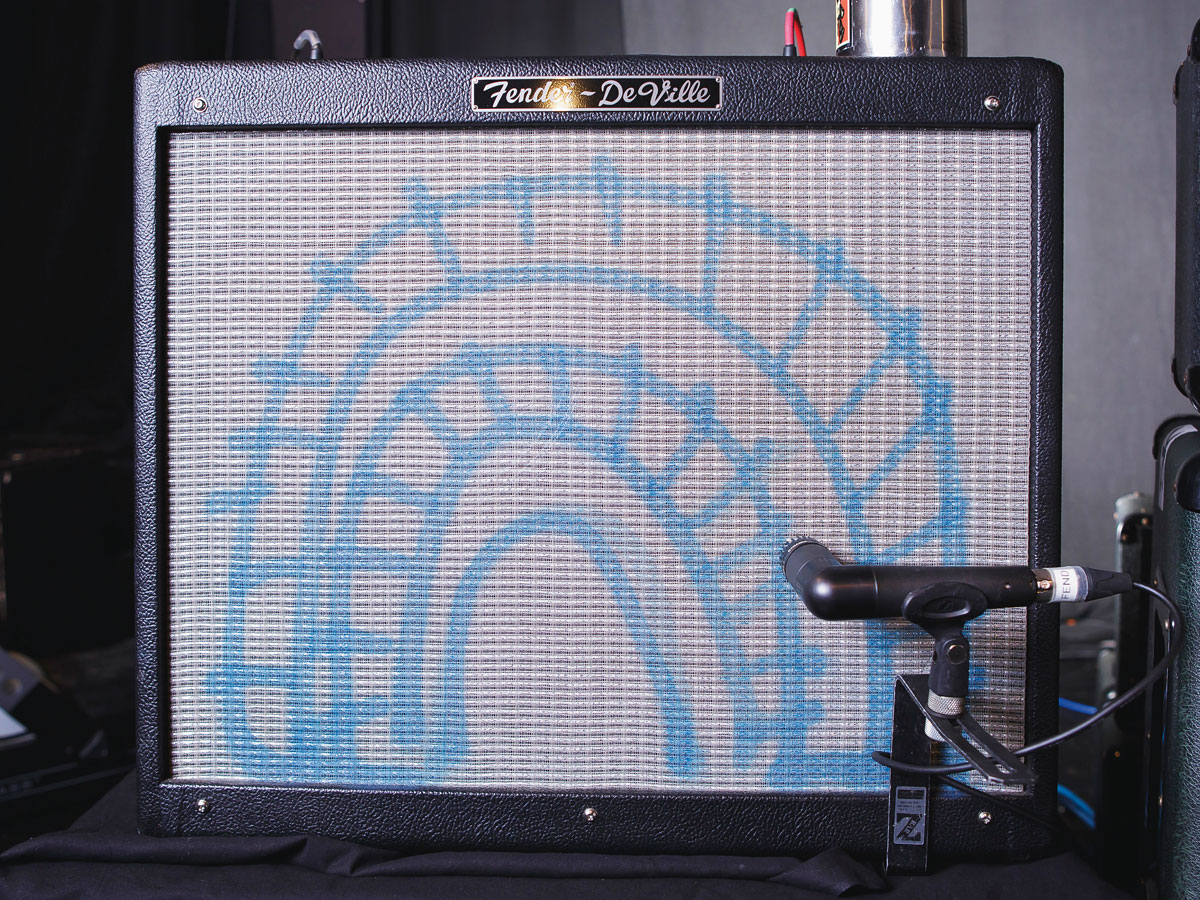
Fender DeVille
“This provides the other sounds for Flesh & Blood songs Bullet Girl, Young And Wild and Living In The City.
"A lot of that was recorded with this puppy. When you’re not wanting to be thermonuclear, a Fender or Silvertone through a Fender gives you great colour, and landscapes that you can traverse. The reverb is beautiful on it.”
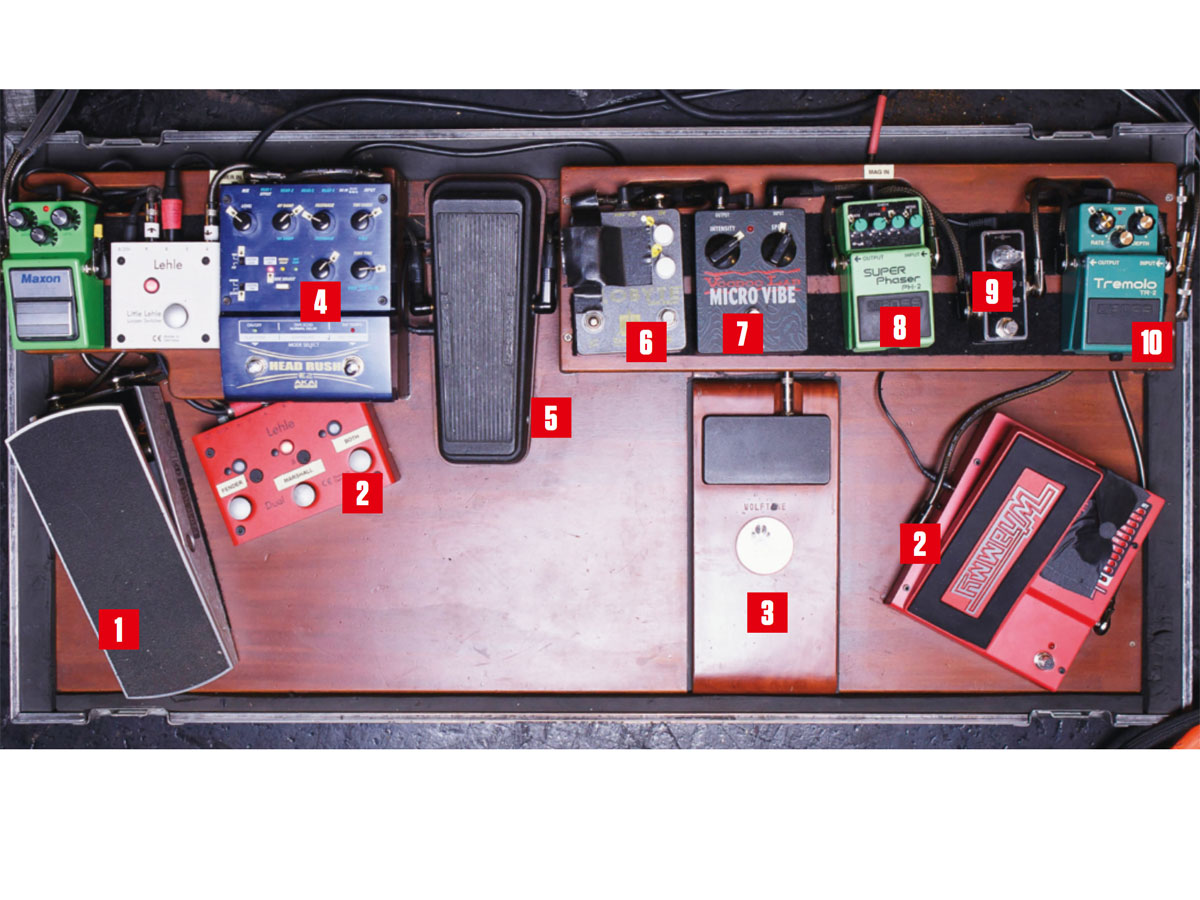
Pedalboard
1. Ernie Ball Volume
“It’s good, because you can really control your feedback. It takes a lot of palm muting to make some of these sounds work at high volumes, too. But I always see a volume pedal as kind of like the gas pedal on a car.”
2. Maxon OD-9 , DigiTech Whammy, Lehle switchers
“Gareth[Russell], my tech, gave me this great little switch and plugged it all in, in very interesting ways I don’t understand. But basically, I can go through my Marshall and Fender so it’s a lot more versatile. So if I want that recorded sound of the Fender and Marshall coming in for a second chorus, I can have more of that studio-esque effect with two amps running different sounds.
“Gareth also brought switching in for the electric guitar. It’s cool how they can be configured to make different channels do different things. For electric, I can do the thing I have with my acoustic where I have my clean sound, but still have those nice blends. I can run straight through the Marshall and the Tube Screamer [Maxon] and I can go through just the Fender.”
3. Wolftone Stompboard
“I use a stompboard for Ocean [the 12-minute solo instrumental set staple that is John’s signature tune] and I use it a lot when I play solo, especially. That’s why this looks quite different to most pedalboards, because of all this space. All the times when I’m sitting down solo, I’m living on it, like I’m in a car with the controls.”
Other pedals pictured:
- 4. Akai E2 Head Rush
- 5. Jim Dunlop 95Q Cry Baby Wah Wah
- 6. Caroline Guitar Company Kilobyte Lo-Fi digital delay
- 7. Voodoo Lab Micro Vibe Leslie speaker simulator
- 8. Boss PH-2 SuperPhaser
- 9. Xotic EP Booster
- 10. Boss TR-2 Tremolo
